
The science behind Top Gear's 2023 Speed Week
It’s all well and good calling this a cleaner, greener Speed Week, but what did we actually do to deserve it? DEPLOY THE MATHS!
It all started with a question. "Could we make Speed Week as low carbon as possible, without compromising on the, y’know, speed?” What followed was a crash course – from a team within the BBC that knows about these things – in sustainability, or more specifically how to avoid the many and varied pitfalls of claiming to be green... when you’re anything but.
You see, finding high quality carbon offsets can be a bit of a minefield and getting the event simply rubber stamped by a third party isn’t the way to go.
Far better to scrutinise our own plans, to take a long hard look at the event and make efforts to reduce our carbon footprint where possible, within the real world constraints of time, budget and technology. Real, tangible progress we can articulate to you and, crucially, measure.
We detailed every drop of fuel burned, every electron ingested, every mile flown, every meal gobbled and anything else with any impact on our collective carbon footprint to the BBC Studios sustainability team and asked them to fire up their calculators. And the results are in...
Photography: Olgun Kordal
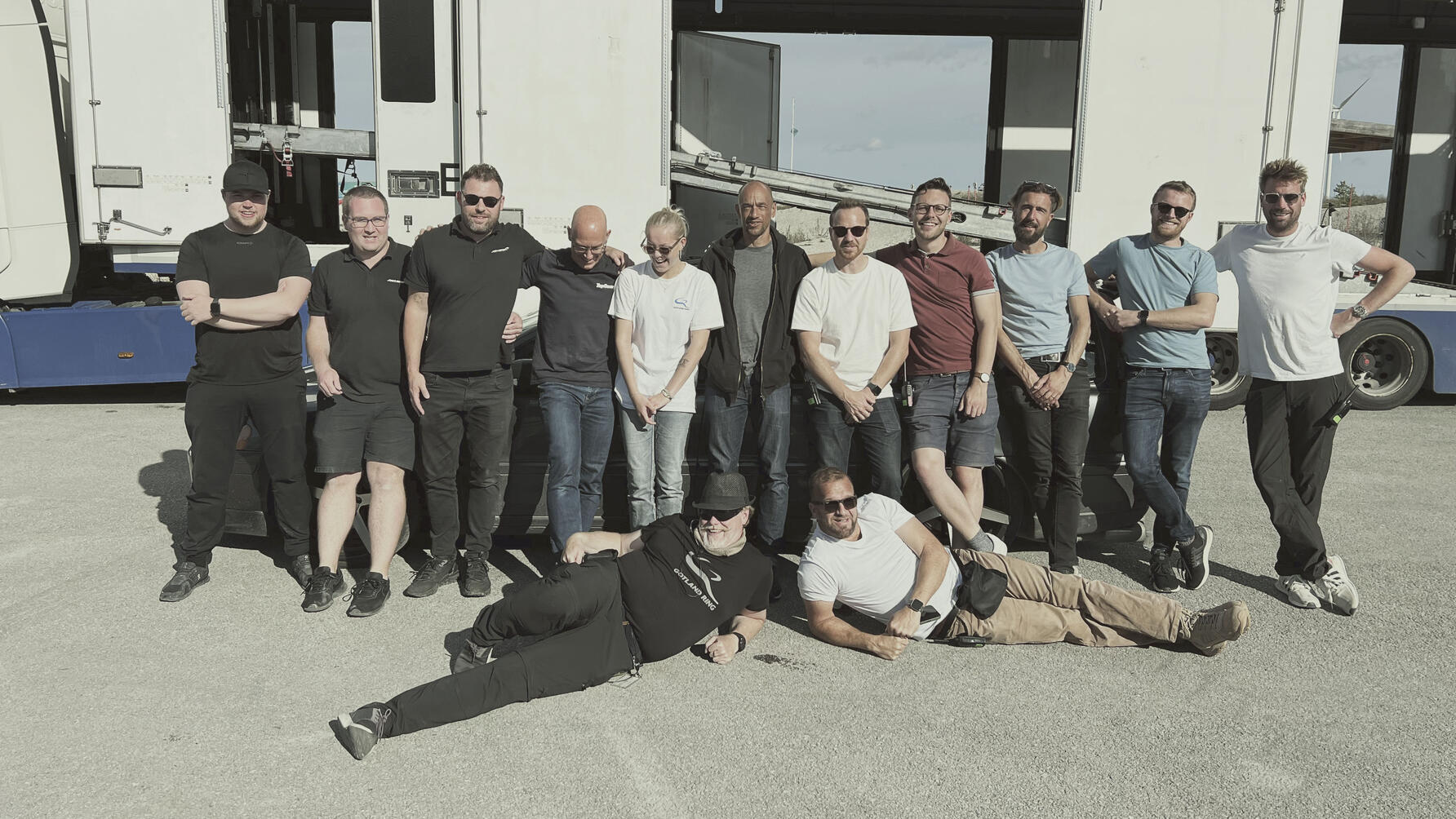
GETTING THERE – PEOPLE
All 16 members of the crew – the bare minimum required – flew return from Heathrow to Visby (economy class). That’s 9.15tCO2e (tonnes of carbon dioxide equivalent, or tCO2e, is a unit that takes into account all greenhouse gases emitted and their global warming potential, and puts it into one easily comparable unit). We did purchase the optional CO2 offset from SAS airlines, which is “conducted through purchase of emission reducing mechanisms connected to third-party renewable energy projects in Asia”. However, in line with strict carbon accounting we won’t be deducting this from our total.
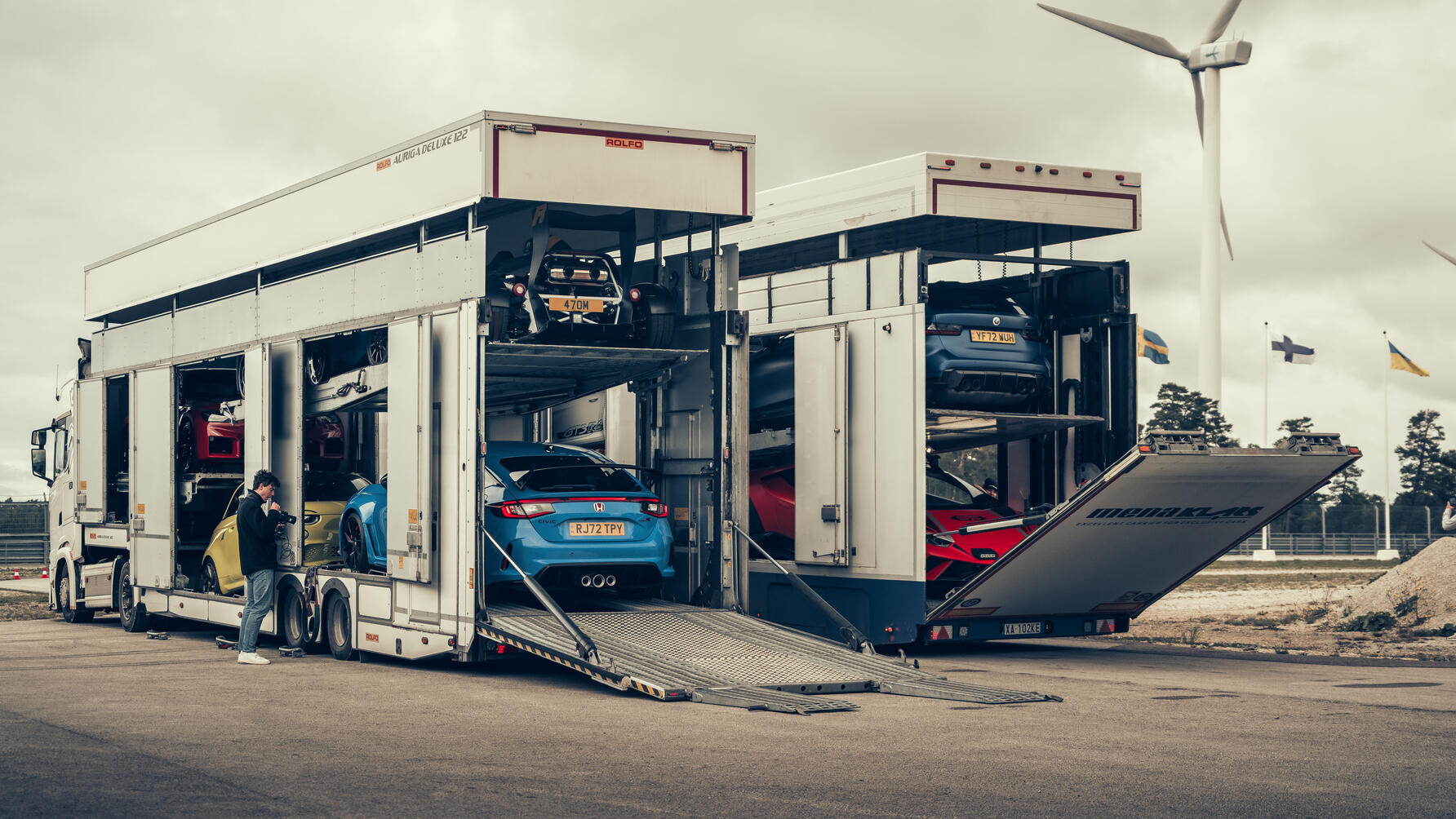
GETTING THERE – CARS
The McLaren Artura, Formula E and Polestar 2 were all transported individually from Woking, London and Gothenburg respectively – that’s 5.23tCO2e. All 12 of the other contenders were loaded onto a pair of diesel-powered Scania transporter trucks at Dunsfold (our initial plan was to use EV trucks) and driven all the way to Gotland via the Channel Tunnel and a ferry from Oskarshamn on the Swedish mainland to Visby in Gotland. That’s another 7.95tCO2e.
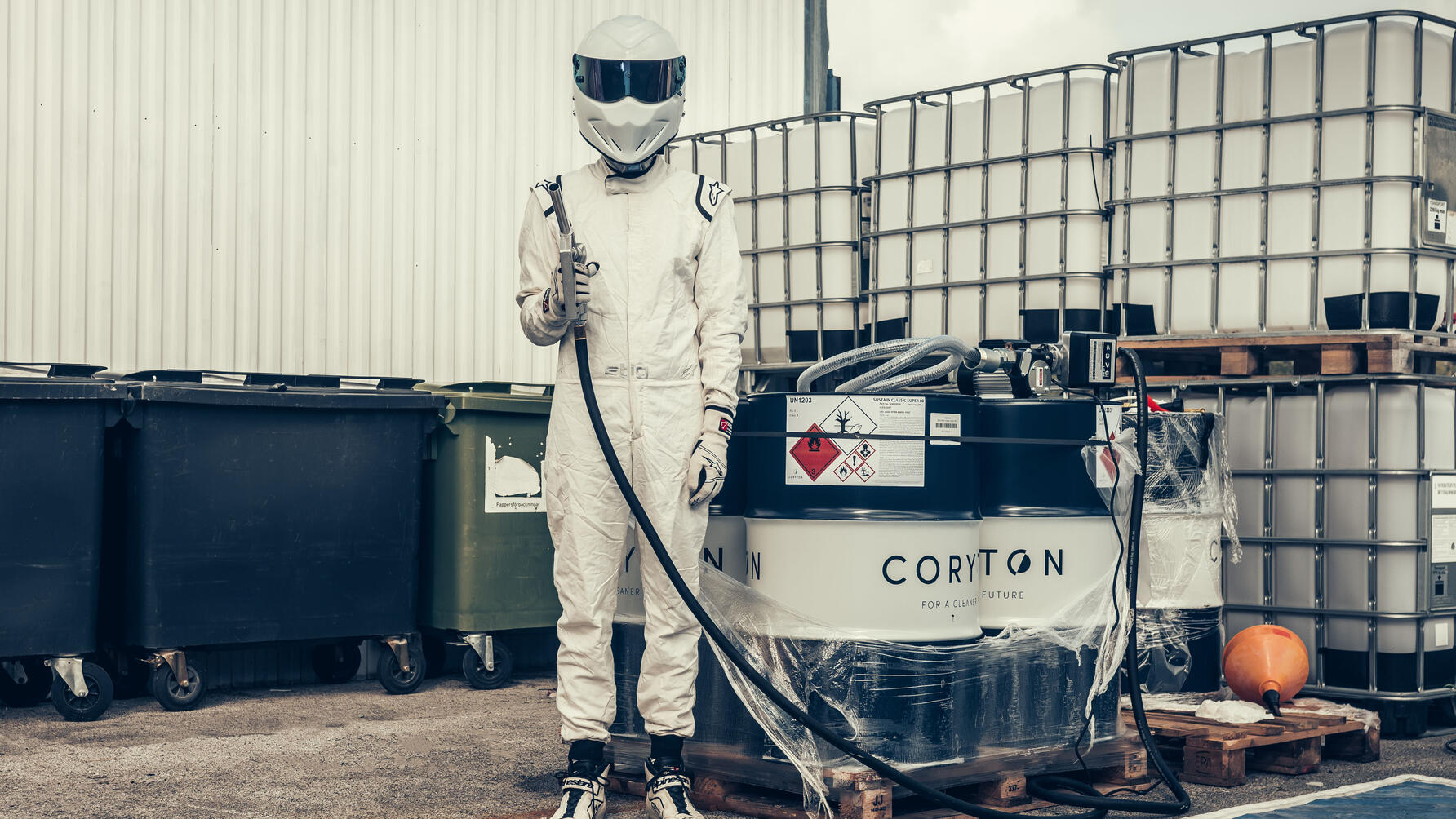
FUELLING
All the fuel used by the combustion engined cars on track and for our initial roadtrip was Sustain Classic Super 80 biofuel, which was supplied to us by Coryton. We used 960 litres of the 1,000 sent... must try harder. Made from agricultural waste products, like straw, it’s compatible with any engine that runs on regular pump fuel and claims to reduce overall CO2e impact significantly. On normal fuel the figure would have been 2.67tCO2e, but on our biofuel that drops to 0.56tCO2e.
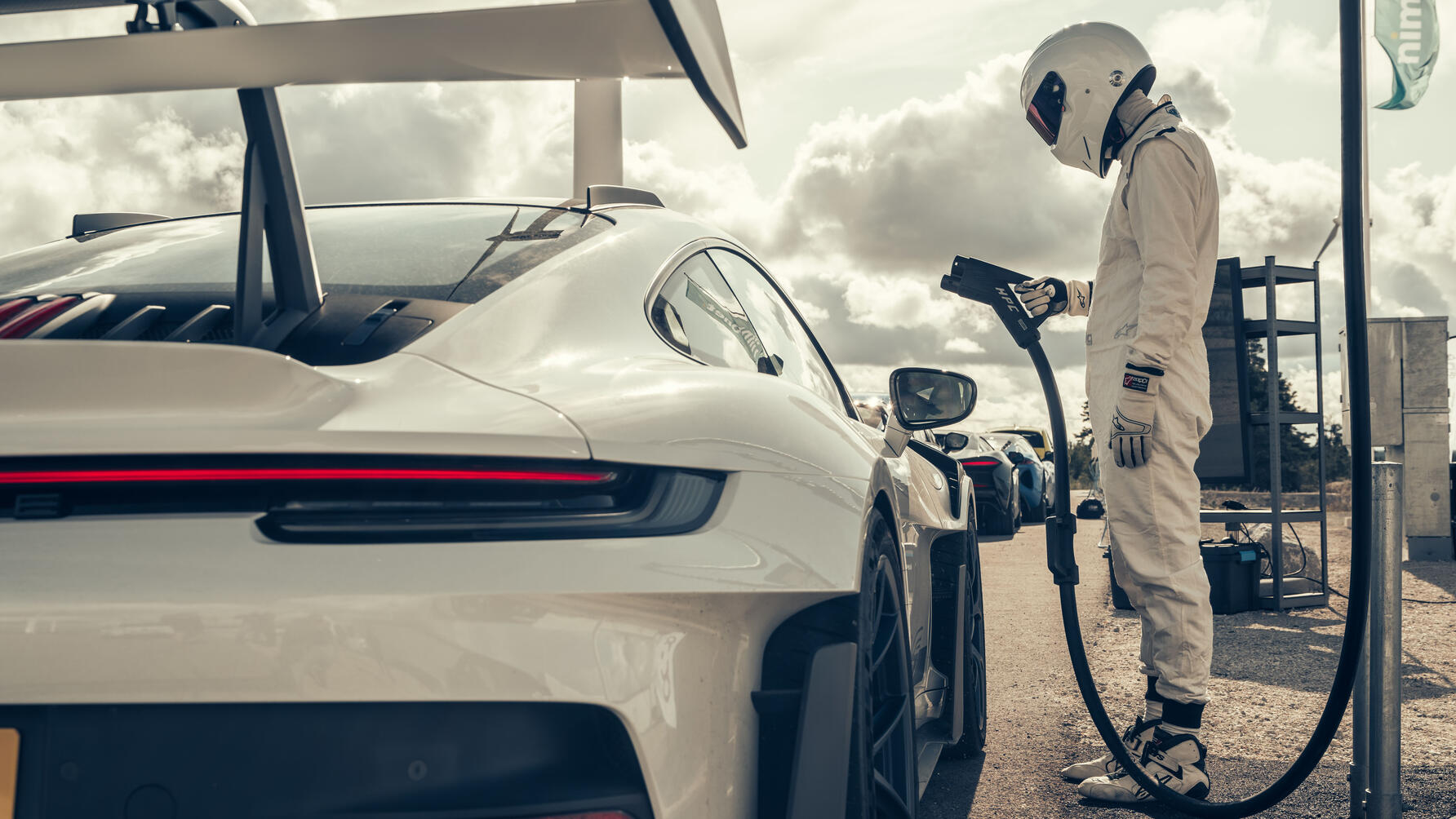
CHARGING
Electricity for our EV contenders, delivered via the Gotlandring’s new pair of Kempower C503 rapid chargers, came from entirely renewable sources. Specifically, the energy produced on site by the wind turbines, so 0tCO2e impact here. Best of all, they are free to use for all.
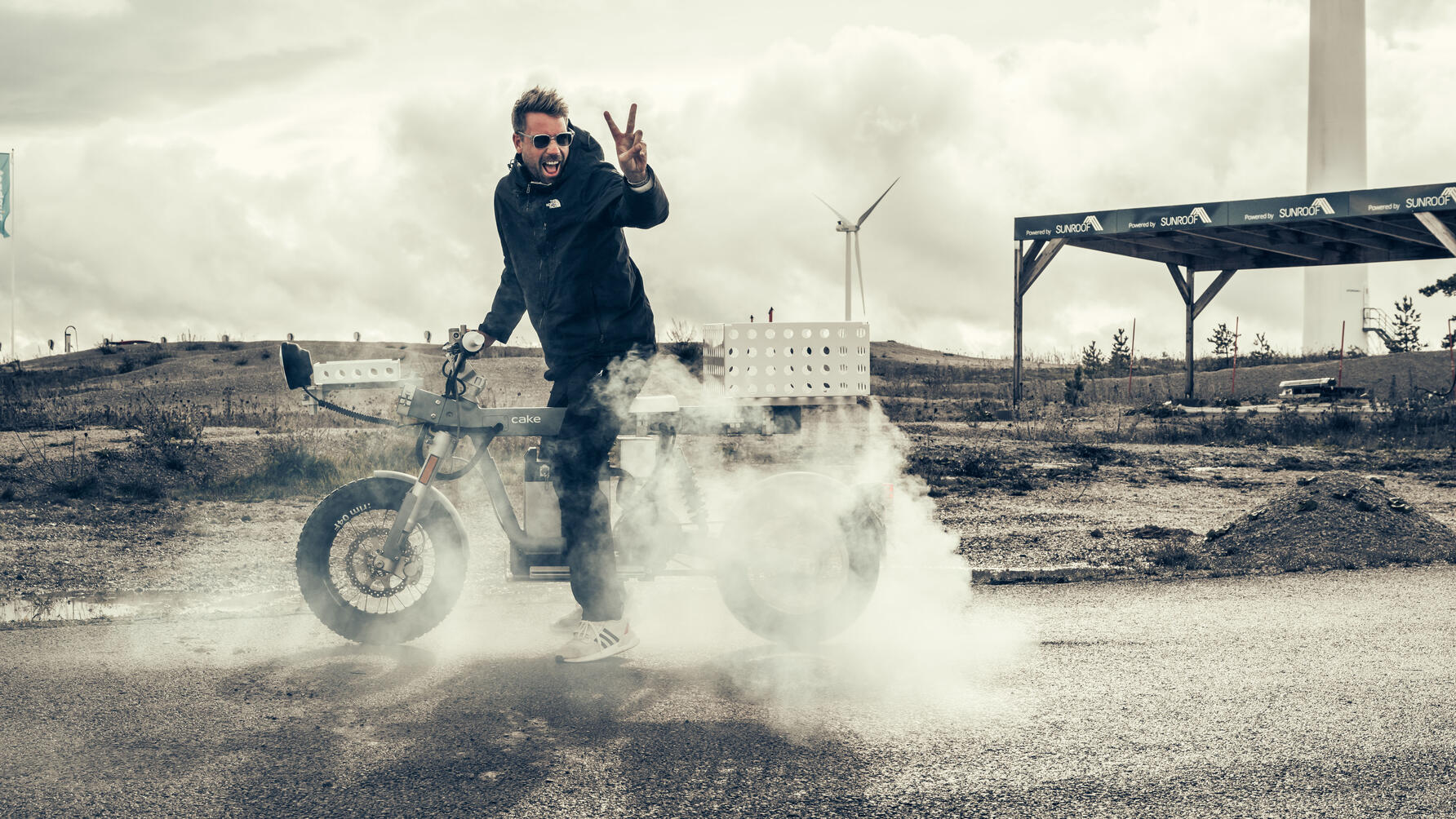
GETTING AROUND THE TRACK
Same goes for our fleet of electric support vehicles. In the spirit of keeping things locally sourced and Swedish, we borrowed an XC40 and C40 Recharge from Volvo for all our video and photo requirements on track and the road. We also borrowed a trio of electric bikes from Cake for zipping about the track. All topped up from Gotlandring’s renewable supply: 0tCO2e.
Top Gear
Newsletter
Thank you for subscribing to our newsletter. Look out for your regular round-up of news, reviews and offers in your inbox.
Get all the latest news, reviews and exclusives, direct to your inbox.

EATING/SLEEPING
Our accommodation was beach villas at Vastos Strand in northern Gotland – a 20-minute, nine-mile drive from the track. We self-catered for breakfast and dinner and had lunch at the track. Total impact: food was 0.85tCO2e, the villas 0.84tCO2e and a negligible amount (1.26kgCO2e) for the waste we produced.
TOTAL
24.58tCO2e and plenty of lessons learned on how to reduce our footprint further in the future...
WHAT ABOUT THE TYRES?
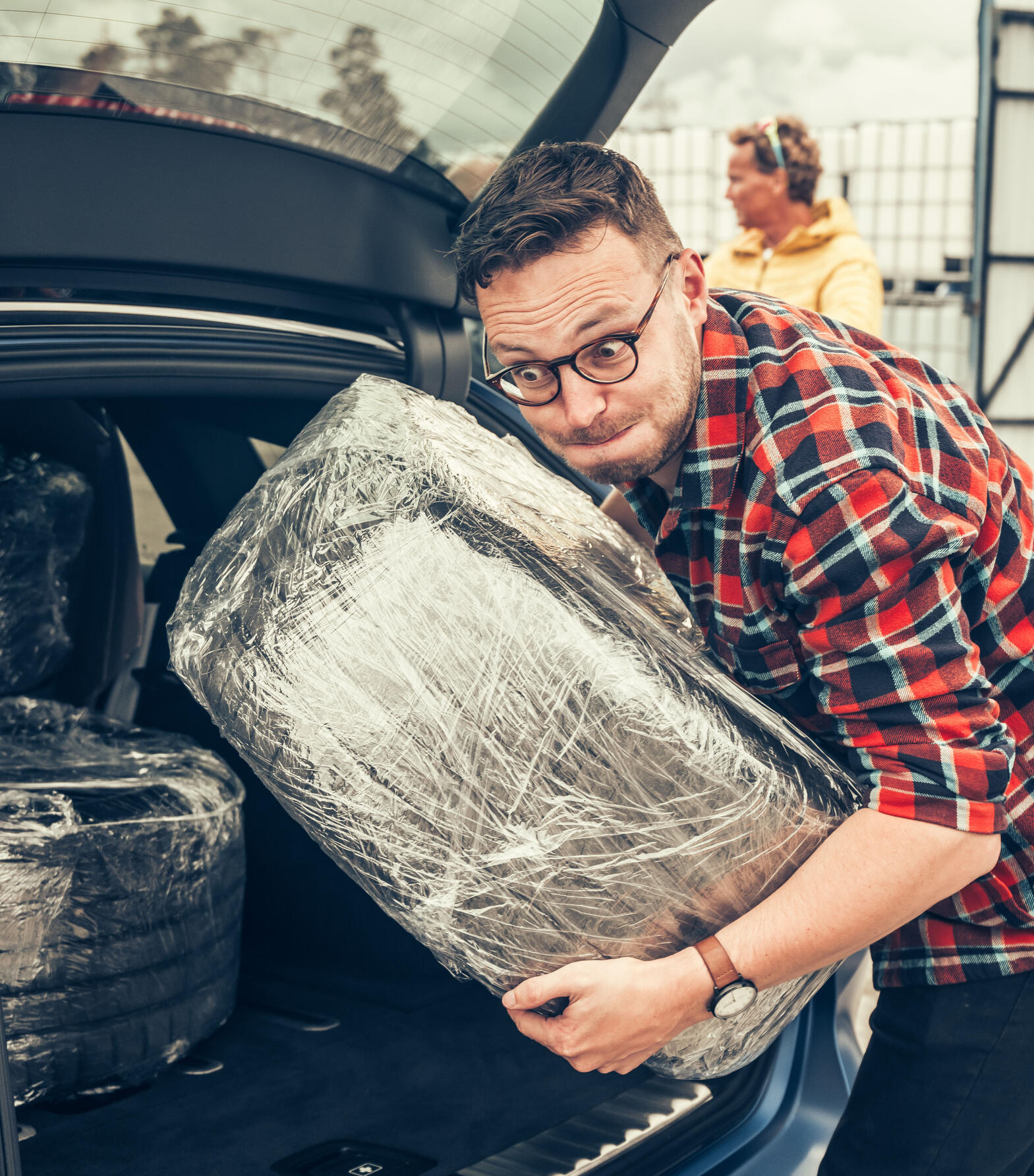
About 60 per cent of the world’s rubber goes into tyres. In the past it was harvested by badly paid small farmers. Supply is tight, so indigenous people have now had their land grabbed as vast monocultural plantations wipe out forests, destroying diverse ecosystems. Once this was exposed, from 2016 onwards Michelin, Conti, Bridgestone and Pirelli joined the GPNSR initiative that aims to reverse some of these ills. So far, says Global Witness, it has failed to empower the locals and still looks like greenwash.
Concern is rising about microparticle matter shed when tyres wear. The tyre industry says it largely sits harmlessly in the soil. But mankind has a strong record of underestimating the effect of our emissions.
Disposal of old tyres provides a ray of hope in the gloom. They can be made into a fuel that cleanly burns in cement kilns and other furnaces, or via pyrolysis they can make diesel. The carcasses contain valuable scrap metals. Whole or ground up, they can go into construction: foundations, embankments, or even road surfaces. Thirty years ago, 80 per cent of tyres in Europe were dumped. Now it’s almost none. Paul Horrell
Trending this week
- Car Review
BMW iX3








